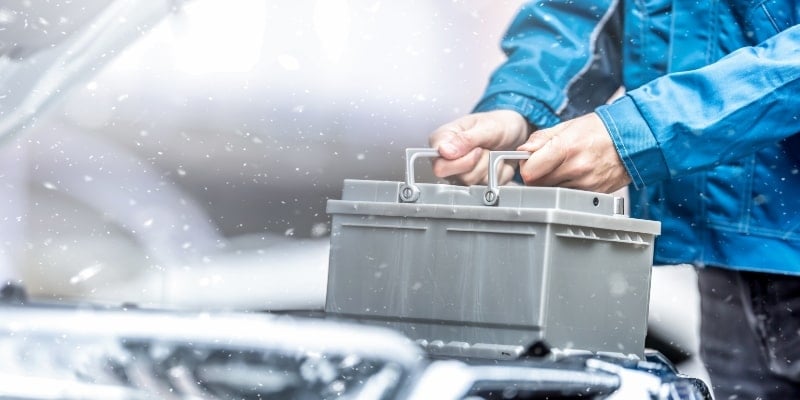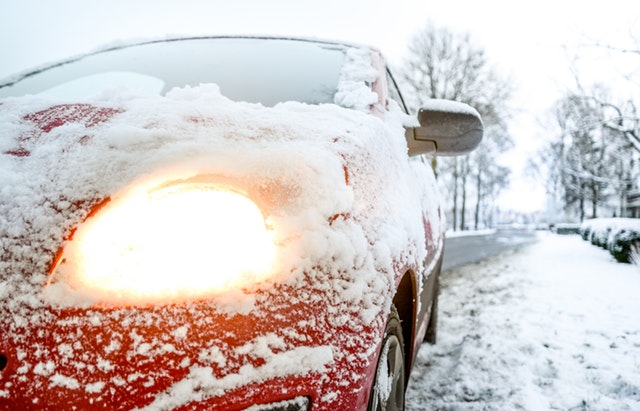Nobody wants to start the winter season with a dead battery. It's time-consuming and expensive – and let's face it, you'd rather spend that time cozied up indoors.
One of the best things you can do for your battery is to ensure you appropriately store it during the coldest months of the year.
Correct battery winter storage can make a difference during the winter season! Follow this simple checklist to winterize your batteries – and be sure they're ready for an excellent winter startup.
How Does Cold Weather Affect Car Batteries?
Cold weather poses a threat to your battery's performance. In most vehicles, a 12-volt starter turns over the engine. While the car is in operation, the alternator replenishes the battery's charge to ensure a smooth start the next time. However, when temperatures fall below 32°F (0°C), car batteries experience a power loss. In extreme cases, such as temperatures below 0°F (-18°C), some batteries can lose up to half their capacity.
Be Ready for the Winter With These Simple Steps
By following these steps, you can ensure optimal battery performance and longevity throughout the winter season.
-
Charge your batteries one final time to ensure a full recharge and reduce the risk of freezing.
-
Disconnect terminals to remove electrical loads preventing slow drain and battery damage.
-
Store batteries in a cool, dry place to avoid freezing, preferably on wood surfaces in garages or storage facilities.
-
Ensure your battery's winter protection with regular maintenance, including watering and corrosion removal.
-
Ideally, trickle-charge or charge batteries monthly to prevent self-discharge and extend their lifespan.
-
Confirm that your charger is compatible with your battery type, considering different requirements for flooded and AGM batteries.
-
Select batteries with suitable cold-weather operating and charging capabilities.
-
Be cautious about sizing battery banks based on 80% Depth of Discharge (DoD) in cold conditions, as decreased capacity may lead to insufficient power reserves.
For broad maintenance tips and instructions, check out our Safety First Guide.
How to store your car for the winter?
Another important aspect is to keep your car protected during the winter months. Use a trickle charger to keep it charged. Fully charged batteries can tolerate a more fantastic temperature range than partially discharged batteries. Generally, fully charged lead-acid batteries will only freeze once they reach a shallow temperature. However, the freezing temperature for partially discharged batteries is much higher.
When is it time to get a new battery?
A car battery's Cold Cranking Amps (CCA) are one of the most critical factors. CCA measures how many amps a battery can deliver for 30 seconds at 0°F while not dropping below 7.2 V. Replacing the battery in your vehicle with the same or higher CCA rating as the original battery is critical for reliable performance.
All Crown Battery automotive starter batteries are at least 500 CCA to ensure optimal performance during the winter. Click here to find out where you can get a replacement car battery.











